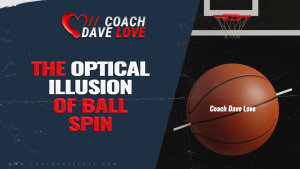In the intricate world of basketball, understanding and mastering ‘Release Quality’ is pivotal for enhancing a player’s shooting effectiveness and consistency. This important ShotMetric has be tied to lateral error (Left/Right misses), and will play a significant role in shooting development over the next decade. But what exactly is Release Quality, and why is it so crucial?
What is Release Quality?
Release Quality is a measurement of how effectively a player creates a simple release of the ball from their hand. This moment is the greatest transfer of energy to the basketball, when the ball is travelling at it’s greatest speed, and plays a significant role in the ability of the player to keep shots on line.
The concept extends beyond the simple aesthetics of a spinning basketball; it is fundamentally about the mechanics of how a shot is executed. The most efficient way for a player to release the ball will be to push the ball evenly on both sides, and in the direction of the target. If this was done perfectly, not only would the ball travel straight, but it would do so with pure backspin.
Any flaw in the shot that would push the ball off line would either result in a missed shot, or require a compensating move in the opposite direction – both of which would also show the ball spinning with less pure rotation.
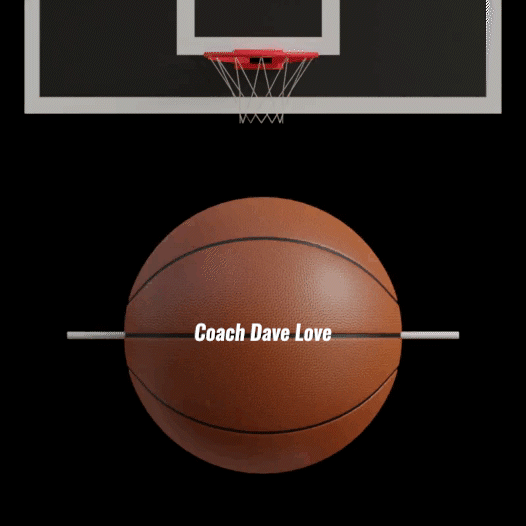
Perfect rotation, caused by even push of both sides of the ball towards the target, which is also the most consistent way to get the ball to go straight.
In other words, quantifying the spin of the ball indicates how well the player created a precise and balanced application of force to the ball, crucially implying that the ball will travel straight towards its target.
Shooting a basketball is akin to playing billiards. How you strike the cue ball dictates the direction and behavior of the target ball upon impact. Similarly, in basketball, the way a player’s hand (acting as the cue) applies force to the basketball determines its trajectory.
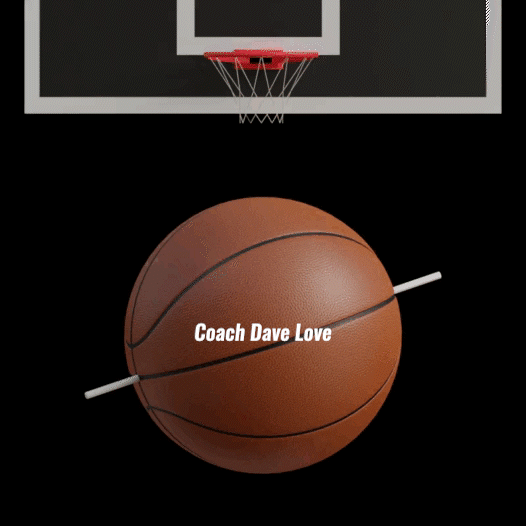
Imperfect rotation (+eY, -eZ), caused by pushing one side of the ball more than the other and away from the target, a less repeatable way to get the ball to travel straight.
Herein lies the importance of Release Quality; it’s about achieving that optimal force application that results not only in pure ball rotation but, more importantly, in a straight flight path towards the hoop.
WHY FOCUS ON RELEASE QUALITY?
Release Quality is crucial because it directly impacts the accuracy and predictability of a shot. In our 2022 study, my research partner and I showed a direct correlation between Release Quality and lateral error. An irregular spin usually indicates uneven force application, causing the ball to deviate from a straight path or requiring a compensating move that might be challenging to repeat in game situations. Perfecting Release Quality enhances a player’s ability to replicate successful shots under various game conditions, increasing the reliability of a player’s shooting performance.
Quantifying Release Quality allows coaches and analysts to compare and assess how consistently a player replicates their shooting motion. This measurement provides an objective measurement of consistency, something that historically has only been tied to the end result.
Consistency and Complexity in Release Quality
When it comes to Release Quality, there are two ways that players can struggle in shooting a ball. Players may struggle with a sub-optimal release, or with inconsistency in executing their motion. These issues, while related, affect performance in distinct ways. Determining in which way a player is struggling can be valuable information for a coach that understands the data.
- Impure Release: This occurs when the force applied across the basketball is uneven, resulting in an off-axis spin and a more complex, less controllable shooting motion that often veers left or right of target.
- Inconsistency: Inconsistency in replicating a pure release shot-to-shot can lead to unpredictable performance, especially in pressure situations.
Each issue, or combination of the two, would require a different type of coaching intervention.
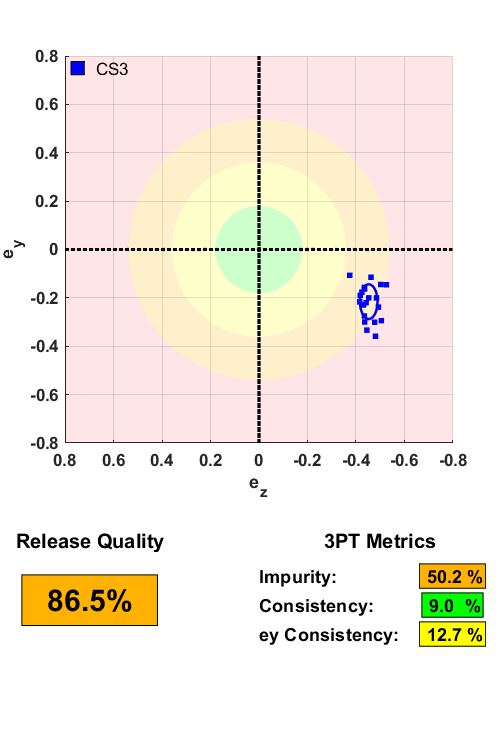
A sub-optimal release repeated with excellent consistency.
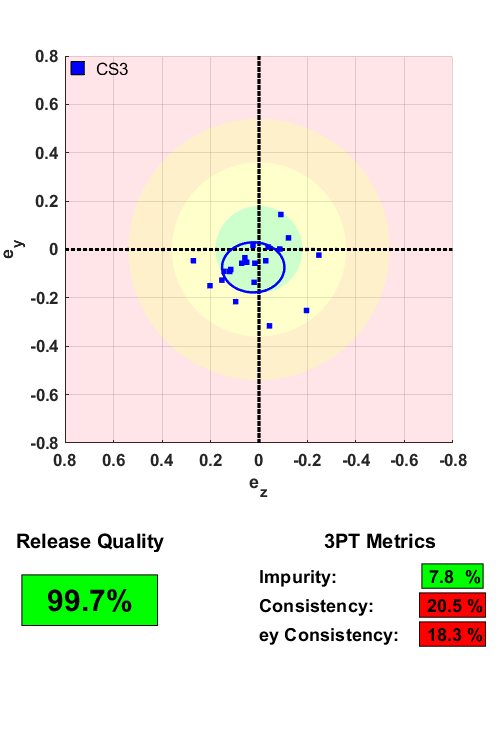
Relatively pure release lacking in consistency.
The Role of ShotMetrics in Isolating and Improving Shooting Mechanics
Tools like ShotMetrics are transformative, enabling detailed tracking of Release Quality and Release Consistency. This capability helps isolate specific training needs, whether it’s simplifying a player’s motion or enhancing their consistency. Making a decision on which type of coaching decision used to be based solely on the experience of the coach and their intuition of habits, but can be based on empirical evidence.
Simply by being able to quantify different aspects of the shooting motion we are now able to target our attention with more focus than ever before. Drills and coaching can be tailored to specific types of Release Quality, and further research can be done to further understand optimal shooting habits.
Conclusion
By understanding and quantifying Release Quality, players and coaches can unlock new levels of precision in shooting. This approach not only benefits individual player development but also enhances team strategy and scouting. Embracing a data-driven perspective on shooting mechanics represents a significant leap forward for basketball training programs, blending the art of basketball with scientific rigor to refine and perfect one of the sport’s most crucial skills.


